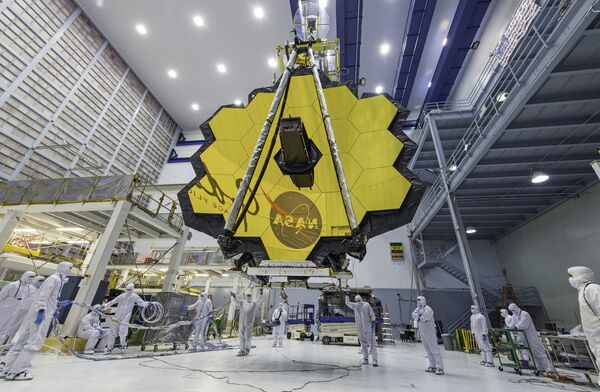Artificial Intelligence, or AI, could be prone to identifying certain shapes as proof of extraterrestrial civilisations, only to subsequently deceive humans into believing they are real, a study has found.
The new research, entitled “Does artificial intelligence dream of non-terrestrial techno-signatures?” was conducted by scientists from the University of Cadiz and published in the journal Acta Astronautica.
It suggests that people could get excited about potential discoveries spotted by AI, only to have their hopes dampened after learning they are no more than meaningless, accidental formations on planets.
To prove its point, the study used a particular formation on the dwarf planet Ceres, which had earlier fired the imagination of alien-hunters when astronomers first spotted bright lights glowing on its surface.
The small world, located in the asteroid belt between Mars and Jupiter, sparked frenzied speculation at the time of its discovery, but once NASA's Dawn mission zoomed in on the dwarf planet the hopes were quickly dispelled. The intriguing lights were revealed to be the result of volcanic ice and salt emissions.
#OTD 2007, @NASA_Dawn mission launched on its journey to asteroid Vesta & then dwarf planet Ceres. Congrats! https://t.co/kgeNTI4ZWB pic.twitter.com/HGTjoUqVZ7
— CanberraDSN (@CanberraDSN) September 26, 2017
Alien hunters have been drawn to Ceres due to the unique structures observed on its surface and seemingly intentionally built.

The discovery of a crater, named Occator, with what looks like a square structure within a triangle one, led some to speculate it had been constructed by an alien civilisation, despite the rational explanation suggesting it was just an accident of light and shadow on the surface.
In the new research participants were shown one of those mysterious formations on the planet's surface and asked to describe what they saw, with many people pointing out the unusual formation.
An artificial intelligence system, trained to spot squares and triangles in images, was then asked to do the same, and singled out the formations.

"Both people and artificial intelligence detected a square structure in the images, but the AI also identified a triangle," said Gabriel G De la Torre, the neuropsychologist who led the study.
The scientist added:
"And when the triangular option was shown to humans, the percentage of persons claiming to see it also increased significantly."
Summing up the research, the scientists said that those hunting for alien civilisations with the use of artificial intelligence should bear in mind that AI "could confuse us and tell us that it has detected impossible or false things".
On the other hand, the technology could also help spot structures that would never have been noticed by humanity.
NASA officials have long been insisting that artificial intelligence could aid in the search for life on alien planets and detection of nearby asteroids.

The organisation said it hoped AI technologies could be instrumental in interpreting data collected by future telescopes like the James Webb Space Telescope or the Transiting Exoplanet Survey Satellite (TESS) mission, according to a statement from the space agency.
"These technologies are very important, especially for big data sets and especially in the exoplanet field," Giada Arney, an astrobiologist at NASA's Goddard Space Flight Center in Greenbelt, Maryland, said in the statement.
The scientist added:
"Because the data we're going to get from future observations is going to be sparse and noisy. It's going to be really hard to understand. So using these kinds of tools has so much potential to help us."




